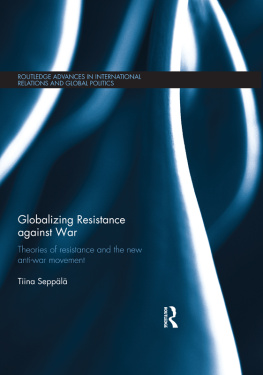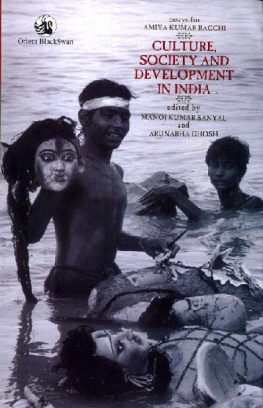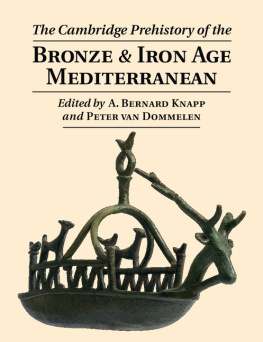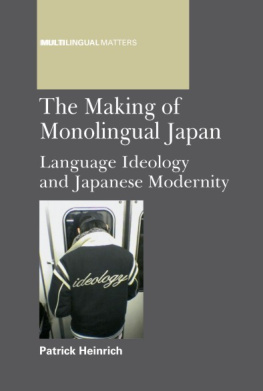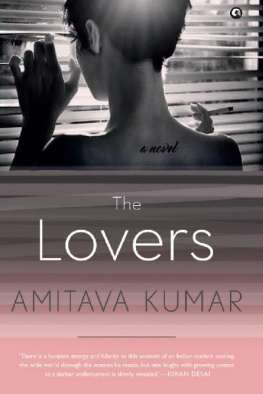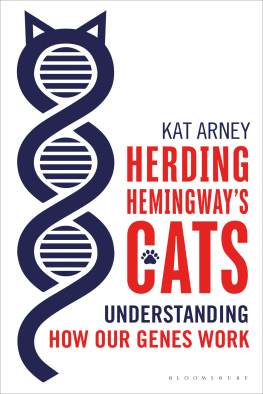Ann Kumar - Globalizing the Prehistory of Japan: Language, Genes and Civilisation
Here you can read online Ann Kumar - Globalizing the Prehistory of Japan: Language, Genes and Civilisation full text of the book (entire story) in english for free. Download pdf and epub, get meaning, cover and reviews about this ebook. year: 2008, publisher: Routledge, genre: Home and family. Description of the work, (preface) as well as reviews are available. Best literature library LitArk.com created for fans of good reading and offers a wide selection of genres:
Romance novel
Science fiction
Adventure
Detective
Science
History
Home and family
Prose
Art
Politics
Computer
Non-fiction
Religion
Business
Children
Humor
Choose a favorite category and find really read worthwhile books. Enjoy immersion in the world of imagination, feel the emotions of the characters or learn something new for yourself, make an fascinating discovery.
- Book:Globalizing the Prehistory of Japan: Language, Genes and Civilisation
- Author:
- Publisher:Routledge
- Genre:
- Year:2008
- Rating:4 / 5
- Favourites:Add to favourites
- Your mark:
- 80
- 1
- 2
- 3
- 4
- 5
Globalizing the Prehistory of Japan: Language, Genes and Civilisation: summary, description and annotation
We offer to read an annotation, description, summary or preface (depends on what the author of the book "Globalizing the Prehistory of Japan: Language, Genes and Civilisation" wrote himself). If you haven't found the necessary information about the book — write in the comments, we will try to find it.
Ann Kumar: author's other books
Who wrote Globalizing the Prehistory of Japan: Language, Genes and Civilisation? Find out the surname, the name of the author of the book and a list of all author's works by series.
Globalizing the Prehistory of Japan: Language, Genes and Civilisation — read online for free the complete book (whole text) full work
Below is the text of the book, divided by pages. System saving the place of the last page read, allows you to conveniently read the book "Globalizing the Prehistory of Japan: Language, Genes and Civilisation" online for free, without having to search again every time where you left off. Put a bookmark, and you can go to the page where you finished reading at any time.
Font size:
Interval:
Bookmark:
- Imperial Tombs in Tang China, 618907
The politics of paradise
Tonia Eckfeld - Elite Theatre in Ming China, 13681644
Grant Guangren Shen - Marco Polos China
A Venetian in the realm of Khubilai Khan
Stephen G. Haw - The Diary of a Manchu Soldier in Seventeenth-Century China
My service in the army, by Dzengeo
Introduction, Translation and Notes by Nicola Di Cosmo - Past Human Migrations in East Asia
Matching archaeology, linguistics and genetics
Edited by Alicia Sanchez-Mazas, Roger Blench, Malcolm D. Ross, Ilia Peiros and Marie Lin - Globalizing the Prehistory of Japan
Language, genes and civilization
Ann Kumar

by Routledge
2 Park Square, Milton Park, Abingdon, Oxon OX14 4RN
by Routledge
270 Madison Ave, New York, NY 10016
A catalogue record for this book is available from the British Library
Kumar, Ann, 1943
Globalizing the prehistory of Japan : language, genes and civilization / Ann Kumar.
p. cm.
1. Yayoi culture. 2. JapanHistoryTo 645. I. Title.
GN776.2.Y3K86 2008
952.01dc22 2008023978
ISBN10: 0-203-88643-7 (ebk)
ISBN13: 978-0-203-88643-4 (ebk)
- Peter Bellwood, who promptly and patiently answered many difficult questions about prehistory.
- T.T.Chang (former Director of the International Rice Research Institute, Manila) for the many extremely helpful letters he wrote to me about the history of rice in Asia.
- Tony Diller, for his support and encouragement of my very tentative beginnings.
- The late Murayama Shichir, who gave me the benefit of his enormous knowledge even though he would have been quite justified in throwing my early efforts in the rubbish bin.
- Alexander Vovin (Department of East Asian Languages and Literature, University of Hawaii at Manoa), for his generous help at a later stage, despite the fact that for a long period his opinion on the history of Japanese differed radically from mine.
- Geoffrey Haig (University of Kiel), Harold Koch, James A. Matisoff (Professor Emeritus UC Berkeley Department of Linguistics), Bernd Nothofer (JW Goethe-Universitaet, Frankfurt), Andrew Pawley, Malcolm Ross, Cindy Allen, Royall Tyler and Sue Serjeantson who all provided very useful inputs.
Font size:
Interval:
Bookmark:
Similar books «Globalizing the Prehistory of Japan: Language, Genes and Civilisation»
Look at similar books to Globalizing the Prehistory of Japan: Language, Genes and Civilisation. We have selected literature similar in name and meaning in the hope of providing readers with more options to find new, interesting, not yet read works.
Discussion, reviews of the book Globalizing the Prehistory of Japan: Language, Genes and Civilisation and just readers' own opinions. Leave your comments, write what you think about the work, its meaning or the main characters. Specify what exactly you liked and what you didn't like, and why you think so.





